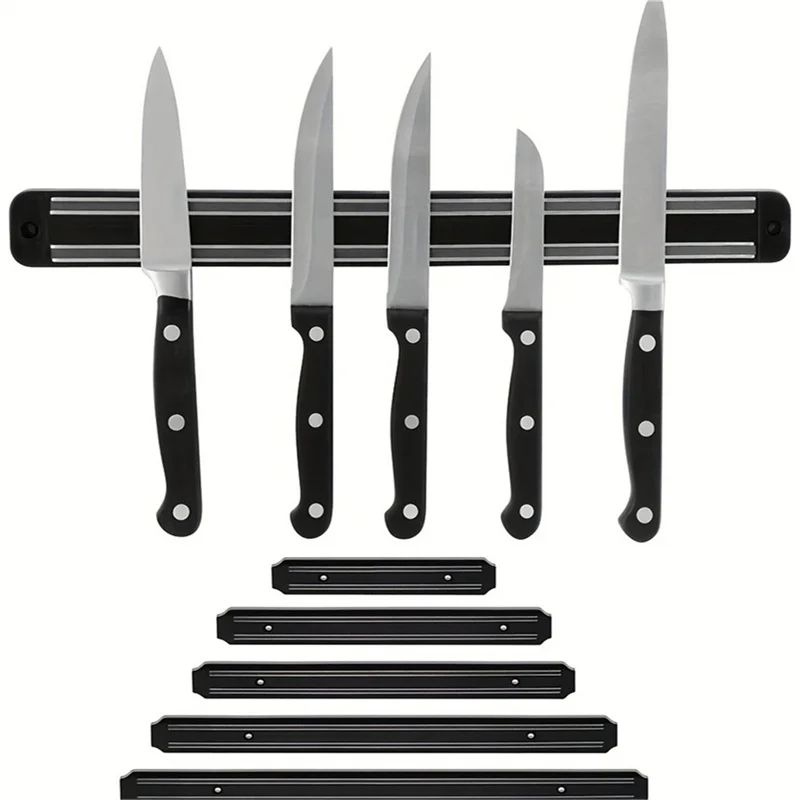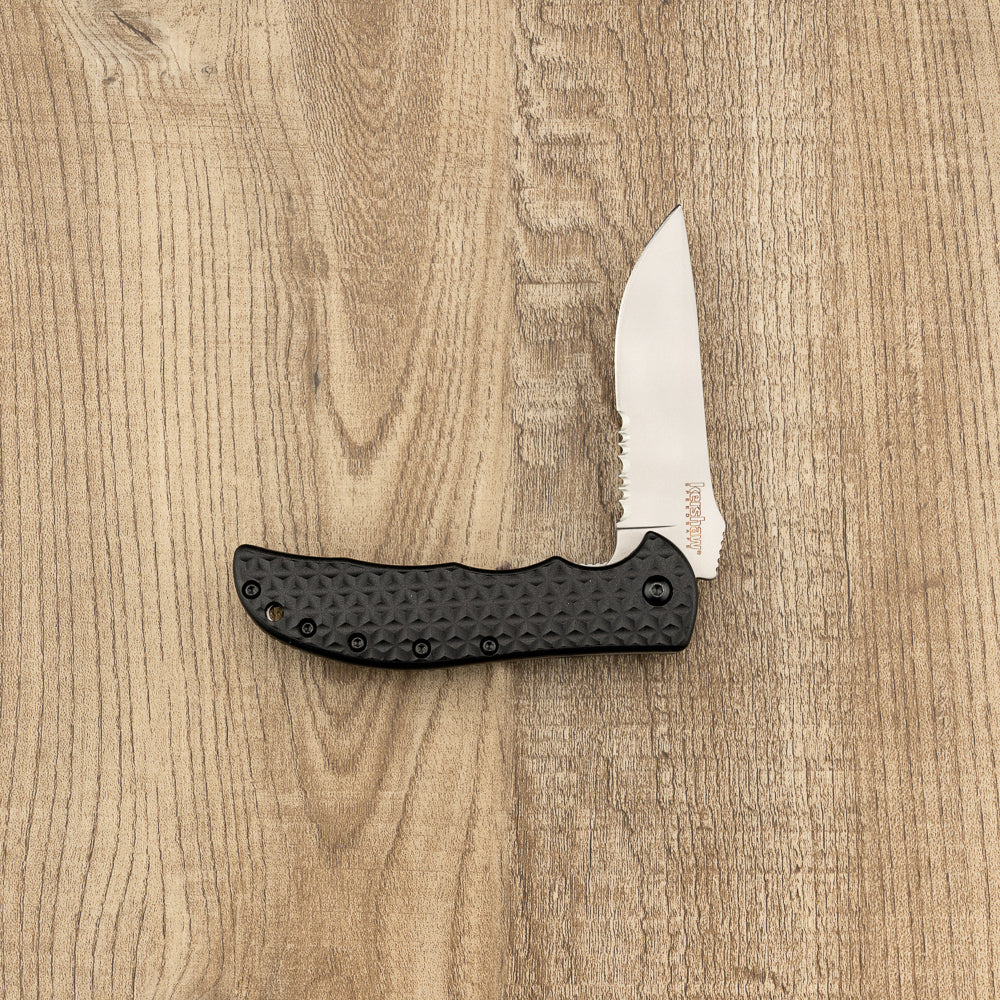 Introduction:
Introduction:
Electric burners are essential kitchen appliances that provide a convenient and efficient way to cook food. With their various materials, types, designs, and features, electric burner offer versatility and practicality in the kitchen. In this comprehensive guide, we will explore the materials used in electric burners, their different types, designs, and features, as well as their role in the kitchen. Whether you’re a professional chef or a home cook, this guide will provide valuable insights into the world of electric burners.
Materials Used in Electric Burners
Stainless Steel:
Stainless steel is a common material used for electric burner coils and heating elements.
It is durable, corrosion-resistant, and can withstand high temperatures.
Glass-Ceramic:
Glass-ceramic surfaces are becoming popular in electric burners for their sleek appearance and easy maintenance.
They are resistant to scratches, stains, and heat, making them a durable choice.
Copper:
Copper is used in some electric burners for its excellent heat conductivity.
It helps distribute heat evenly across the burner surface, resulting in efficient cooking.
 Types of Electric Burners
Types of Electric Burners
Coil Burners:
Coil burners consist of electric heating elements shaped like coils on the surface.
They are inexpensive, easy to replace, and provide consistent heat distribution.
Smooth-Top Burners:
Smooth-top burners have a glass-ceramic surface that is smooth and easy to clean.
They offer a sleek and modern look while providing even heat distribution.
Induction Burners:
Induction burners use electromagnetism to directly heat the cookware, eliminating heat loss to the surroundings.
They offer faster heating, precise temperature control, and energy efficiency.
 Design and Features of Electric Burners
Design and Features of Electric Burners
Control Panel:
Electric burners usually feature a control panel with knobs or digital touch controls.
These allow users to adjust heat levels, set timers, and activate specific functions.
Heating Zones:
Some electric burners have multiple heating zones that can be independently controlled.
This allows for simultaneous cooking at different heat levels, ideal for multitasking in the kitchen.
Safety Features:
Electric burners often come with safety features like overheating protection and automatic shut-off.
These features help prevent accidents and provide peace of mind during cooking.
The Role of Electric Burners in the Kitchen
Cooking:
Electric burners are the workhorses of the kitchen, providing the heat necessary for various cooking techniques.
Whether boiling, simmering, sautéing, or frying, electric burners offer precise control over heat levels.
Versatility:
Electric burners accommodate a wide range of cookware, including stainless steel, cast iron, and copper.
They can be used for different types of cooking, from gentle simmering to high-heat searing.
Convenience:
Electric burners offer convenience with their quick and easy heat-up times.
They are generally considered safe and require minimal maintenance compared to other cooking options.
 Here are the common placements based on different types:
Here are the common placements based on different types:
Different types of electric burners can be placed in various locations within a kitchen. Here are the common placements based on different types:
Coil Burners:
Coil burners, also known as coil cooktops, are typically placed on a kitchen countertop. They are standalone units that can be plugged into a power outlet. Some coil burners also come with small feet or legs for additional stability.
Smooth-Top Burners:
Smooth-top burners, also known as glass cooktops, are typically placed on a kitchen countertop. These burners have a flat glass surface that provides a sleek and modern look. Smooth-top burners are designed to be easy to clean and maintain.
Induction Cooktops:
Induction cooktops are placed on a kitchen countertop, similar to smooth-top burners. They require a dedicated power outlet and utilize electromagnetic fields to heat the cookware directly. Induction cooktops are known for their fast and precise cooking results.
Built-in Cooktops:
Built-in electric burners are installed directly into kitchen cabinets or countertops. They are integrated into the design of the kitchen and provide a seamless and streamlined appearance. Built-in cooktops can be either coil burners, smooth-top burners, or induction cooktops.
Kitchen Islands:
Electric burners, such as induction cooktops or smooth-top burners, can be placed on kitchen islands. This provides a centralized cooking area and allows for a social cooking experience.
It’s important to consider the specific requirements and guidelines provided by the manufacturer for installation and placement of the electric burners. Additionally, following local building codes and regulations is important to ensure safety and proper ventilation during installation.
When purchasing an electric burner, there are several factors to consider:
Cooking Needs:
Consider your cooking habits and needs. Do you require multiple burners for simultaneous cooking, or do you prefer a compact single-burner? Think about the size and capacity of cookware you typically use to ensure the burner can accommodate your pots and pans.
Cooktop Type:
Decide on the type of electric burner that suits your preferences. Options include coil burners, smooth-top burners, or induction cooktops. Consider factors such as heat distribution, ease of cleaning, and energy efficiency.
Budget:
Determine your budget as electric burners can vary greatly in price. Set a realistic budget that aligns with your desired features and quality.
Installation:
Consider how the electric burner will be installed. Some burners are freestanding and can be easily placed on countertops, while others are built-in or require professional installation. Ensure that your kitchen setup is compatible with the chosen installation type.
Safety Features:
Look for safety features such as child locks, overheat protection, and residual heat indicators. These features can help prevent accidents and provide peace of mind while cooking.
Controls and Features:
Consider the control options available. Some electric burners have simple knob controls, while others may offer touch controls or even smart features. Determine your preference for ease of use and the desired features, such as timers or programmable settings.
Energy Efficiency:
Check the energy rating of the electric burner. Look for models that are energy-efficient and have features like induction technology that can reduce energy consumption.
Brand and Warranty:
Research reputable brands known for their quality, reliability, and customer service. Check the warranty period and coverage to ensure peace of mind.
Reviews and Recommendations:
Read customer reviews and seek recommendations from friends or family who may have experience with electric burners. Their insights can provide valuable information and help you make an informed decision.
Considering these factors will help you choose an electric burner that meets your cooking needs, budget, and preferences. It’s important to compare different options, do thorough research, and make a well-informed decision based on your specific requirements.
 Conclusion:
Conclusion:
Electric burners play a vital role in the modern kitchen, providing convenience, versatility, and precise heat control. Whether you choose coil burners, smooth-top burners, or induction burners, each type offers unique features and benefits. By understanding the materials used in electric burners, their different types, designs, and features, you can confidently select the right burner for your cooking needs. With their practicality and efficiency, electric burners will continue to be indispensable tools in creating delicious meals for you and your family.



